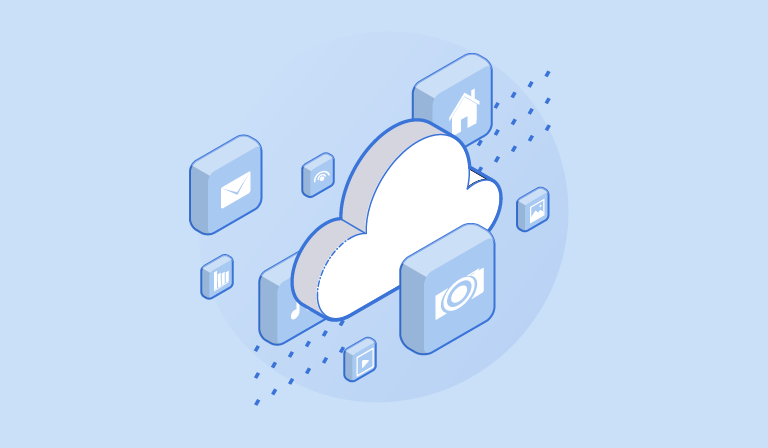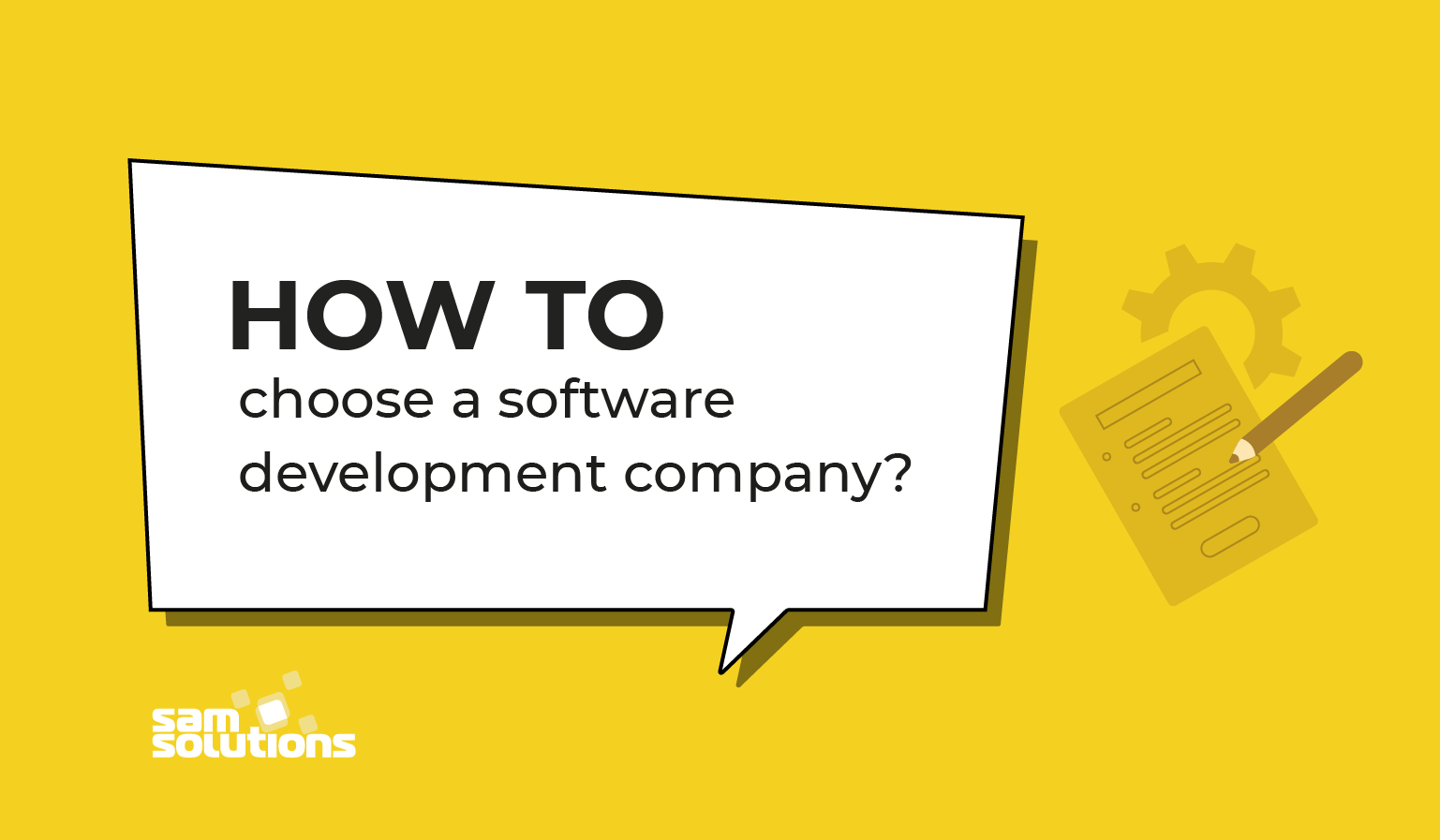For decades now, our world has become increasingly reliant on digital technology. Customer-facing processes that were once handled with a trip to the store and a pen and ledger were supplanted by phone-in orders and Xeroxed forms by the mid 20th century.
By the time the first computers began to crop up in office buildings several years later, the mountains of data associated with operating a successful business began to shift from file cabinets to digital files.
These changes marked the onset of the digitization that began digital transformation, but the ability to access customer information more quickly was only the beginning. While the digital revolution once encompassed computer workstations and phones exclusively, now each aspect of the business world is touched by something digital.
The tech boom not only made the old ways of business obsolete, highlighting just how inefficient old methods truly were; it revealed how digital transformation, cloud migration, and the like could open up new possibilities for improving everything from customer interactions to record-keeping.
Role of Cloud In Digital Transformation

Digital transformation is the move towards using digital technologies in nearly every aspect of business, transforming old business processes and methods of customer interaction and creating new innovations within the digital business culture.
As we move towards an increasingly digital world, more and more businesses have undertaken digital transformations to adapt to a changing market. In fact, at the end of 2019, 70% of companies had a digital transformation strategy in place, encompassing 40% of tech spending.
This shift has only been accelerated by the COVID-19 pandemic, which forced industries of all kinds to implement creative digital ways to continue their business practices.
The scope of a digital transformation is much broader than simply shifting record-keeping practices from paper to digital files. In the digital age, the implementation of digital devices, apps, digital storage and more has allowed businesses to change their processes to more thoroughly engage customers.
However, these changes are nearly impossible without cloud and digital transformation services. In fact, integrating cloud and digital transformation systems is the only way to ensure that remote workers stay on the same page, large projects get accomplished without in-person IT support, and data remains secure even as it is accessible to those who need it.
As we continue to conduct business virtually, digital transformation has been accelerated, and cloud is at the center.
Digital Transformation Via the Cloud
The new channels brought about by cloud digital transformation require a dependable, accessible platform that allows companies and customers alike to effectively access information, applications, and communication reliably and swiftly.
Many essential aspects of the cloud and digital transformation, such as apps, IoT devices, machine learning, big data analytics, and augmented reality, call for heavy amounts of computing power. In addition, these elements require hefty processing and the security of readily available IT.
Cloud digital transformation services make each of these things possible without the need to purchase and maintain physical servers or a facility to house them. As a result, cloud digital transformation services allow even the smallest of businesses to perform with the server manpower of a large corporation.
In this way, the cloud acts as a bridge for both privately owned small businesses and public entities to begin the cloud digital transformation necessary to keep pace with the digital age.
Cloud Computing and Cloud Digital Transformation

Cloud computing has revolutionized how cloud digital transformation can take place. Cloud computing and digital transformation allows data formerly stored within physical hubs on the company’s property to be transferred to an internet-based server network. As a result, maintenance, analytics, management, processing and more can occur virtually.
Many businesses previously invested in high powered servers and networks to maintain digital growth. This investment often compromised a significant portion of the annual budget and limited how much progress was possible in a single fiscal year.
Cloud computing and cloud digital transformation have made it possible to use the resources of a large server to transform and expand digital offerings without draining the budget.
The increased computing power of digital transformation cloud adoption is profound, as it enables businesses to revolutionize the way they perform data administration and leverage their newfound technology to improve the customer experience.
The financial burden of updating technology can be significant, and with cloud digital transformation and cloud computing, the increased server need is alleviated.
Thus, businesses can cease asking “how can we store and access growing customer data more efficiently and less expensively?” and begin asking “how can we utilize our computing power to optimize our new channels, and provide innovative ways for customers to interact with our brand?”
Of course, with cloud computing digital transformation, client data, inventory, and other back-end processes can be performed from anywhere, making international collaboration possible.
Perhaps even more importantly, however, cloud computing and cloud for digital transformation encourages businesses to rethink the way they approach diverse areas like digital marketing, ecommerce, CRM and customer engagement.
The digital transformation cloud server is able to handle data and application-heavy endeavors to accomplish all of these efforts and more without straining resources.
Cloud-First Digital Transformation

Digital transformation cloud adoption is the first step in any successful digital transformation journey. The main task in digitally transforming a business is moving existing data to digital formats.
However, transformation of a multifaceted business is a lengthy process, and requires intense research and knowledgeable application. Cloud native digital transformation allows superior flexibility as businesses undertake this process.
It is essential to begin a digital transformation with the cloud as the cornerstone. Digital transformation cloud platforms provide a robust infrastructure upon which businesses can rebuild service offerings, databases, and more, and offer numerous advantages aside from the previously-mentioned financial benefits;
- Minimal outages. As a business begins cloud computing digital transformation, the cloud’s resources minimize back-end and client-facing outages and slowdowns. This reduces critical downtime.
- Efficiency. For companies with multiple offices or locations, cloud allows the option to implement these changes among all branches with one action. Troubleshooting can also happen from one location, without the need for IT travel in between.
- Adaptability. Many file types can utilize cloud object storage, meaning several data types critical to a business can be combined in one place. Video, images, and more are available for access by each of a business’ applications after cloud digital transformation.
- Enhanced security. During and post-cloud digital transformation, data within the cloud receives superior protection from security breaches, data loss, and malware threats.
Overall, beginning with cloud native digital transformation allows businesses to safely and swiftly begin the digital transformation journey with the reassurance that future applications and innovations can be housed within cloud infrastructure.
Digital Cloud Transformation Strategy

Digital transformation with the cloud addresses how a modern business realigns its business model to optimize the aspects valued by today’s digital economy. While cloud-first is the cornerstone of an effective digital transformation, a business should have a strategy in place to achieve that transformation effectively.
Any digital transformation cloud strategy takes place in four key steps, and must be developed with an eye towards the organization’s goals, the current structure, and the processes needed to make the shift towards optimization.
- Technology changes. Replacing old methods with new technological options began the digital transformation process in the physical world decades ago. Work closely with IT or a cloud computing and digital transformation services partner to itemize technologies and determine your needs. In addition, identify legacy technology that may experience roadblocks during a digital transformation.
- Data needs. Digitally transforming data systems means analyzing your current data, identifying substandard data types and removing unnecessary or unused data. With IT or your digital transformation cloud partner, outline a plan to audit your current data and build a knowledge of new data types before beginning the process of combining them to shift to the cloud.
- Process. This part of the strategy may be difficult, as it requires making significant changes in the way business is done. Changing a business’ process to focus on the customer realigns the entire digital transformation even as it shifts to the cloud. Future decisions will be made in favor of changes in digital interface that will ultimately be best for the customer.
- Organizational change. This step encompasses the final implementation of the cloud transformation within the organization. Assign IT representatives or employees who are well versed to help explain the new processes to those who are unfamiliar or resistant to change. Employing the assistance of a digital transformation cloud services partner can help ease the transition to complete organizational changes in nearly every aspect of business after transformation.
Digital Cloud Transformation Solutions
There are several potential digital cloud transformation solutions available for digital transformation with the cloud, and the best option varies depending on the needs of the business in question.
There are three general approaches to the digital transformation cloud when it comes to helping companies transform their back-end and client-side operations:
- Platform as a Service (PaaS). This option refers to the provision of a third party platform upon which software can be created. This framework allows a company’s software developers to create and manage custom applications while the digital transformation cloud provider manages servers, security, storage, and even networking.
- Software as a Service (SaaS). This popular option uses the internet to deliver third-party managed applications for use within the business or by clients as needed. Cloud digital transformation applications are delivered on-demand, often through a web browser to avoid the need for downloads by client or business.
- Infrastructure as a Service (IaaS). Digital transformation cloud infrastructure services are the most comprehensive option, providing computing resources like software, hardware, databases, and platforms to allow companies to develop their own applications. Resources can be purchased on-demand as computing needs change.
The cloud for digital transformation enables businesses to determine their transformation needs, and meet them with implementation of one of the above solutions.
While each digital transformation cloud solution is flexible, it is critical to perform an audit, determine your current requirements to transition legacy technology, anticipate your future needs based on your goals, and then select the solution that efficiently achieves success.
Digital Cloud Transformation Best Practices
While the digital cloud transformation strategy will look different depending on the organization, keeping these best practices in mind will help you ensure the transition is a smooth one:
- Begin with your focus on the people involved. Digital transformation cloud solutions should always benefit the people using them, so begin with your people. Talk to your customers and business partners about their experiences with your current technology, data, applications, and more. Ask them to tell you what is working and what is not. Have open conversations with your employees, and ask them to cite areas where they see waste, or anticipate potential growth.
- Establish your goals. After determining the particular areas where changes are necessary shift focus to the end goal of those changes. Without objectives, it’s easy to get lost in the endless possibilities and ideas supplied by digital transformation cloud solutions. Remember, more can be done once you achieve your initial goals.
- Focus on the data. Because digital cloud transformation solutions are technological updates at their core, keep your focus there. Use data to drive your decisions, and utilize IT specialists and cloud service partners if you have them. During the transition, ensure data remains secure and intact.
- Seek efficiency. Digital transformation cloud migration is an efficient process that seeks to pre-build efficiencies into your future offerings. Work with a cloud digital transformation services partner or IT specialist to build a schedule for your digital transformation. Reduce downtimes and ensure consistent access by implementing multiple transitions at once.
- Come back to the customer. Your end goal is to provide a more fluid, efficient experience for your customers. Once the digital transformation cloud migration is complete, keep the open dialogue going, and remain open to listening to any pain points or creative solutions offered.
About SaM Solutions
SaM Solutions has built nearly 30 years of experience as a global, enterprise-level partner specializing in cloud-based strategies for business.
As an SAP Silver Partner and a Certified Gold Microsoft Partner, we are proud to develop custom cloud solutions utilizing AWS Elastic Beanstalk, Microsoft Azure, IBM Bluemix, Salesforce Heroku, and Oracle Cloud Platform managed services.
Our dedicated team has developed comprehensive solutions for a number of high-profile corporations, including Siemens, Telekom Slovenije, SAP, Fujitsu, and many more.


